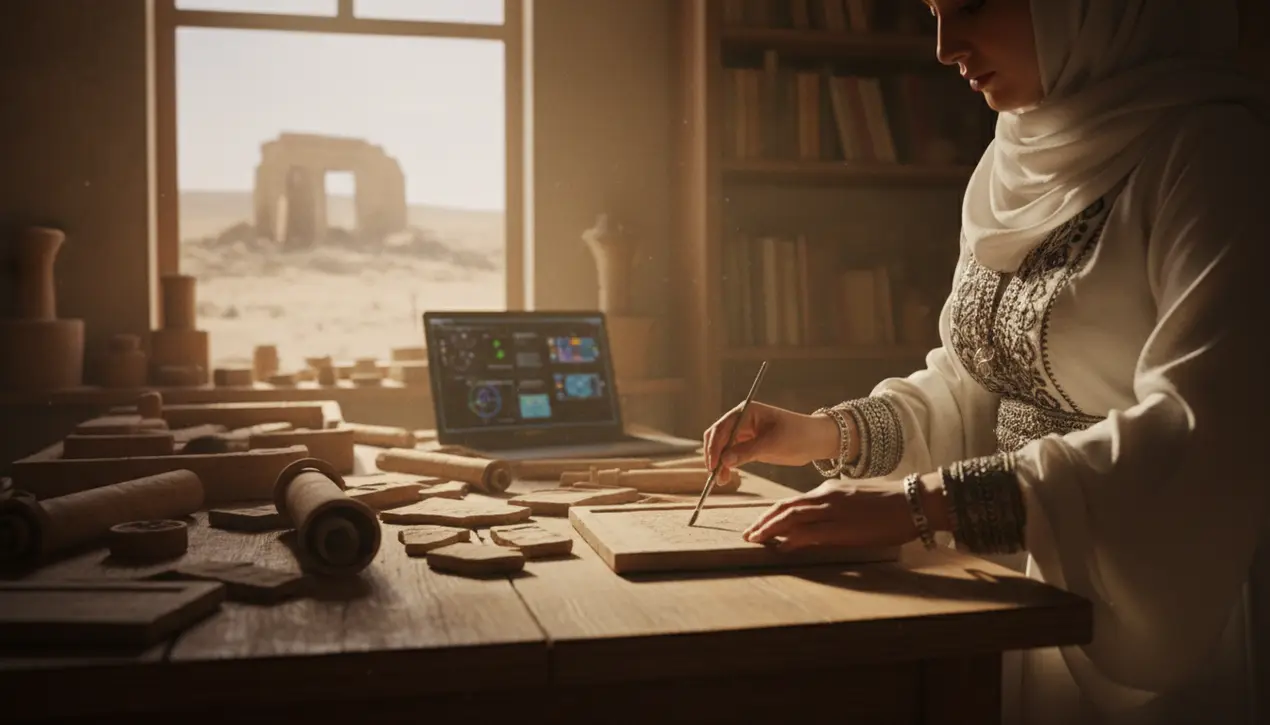
Entertainmenttheatre & arts
Required Reading: Pothole Mosaics, Mosque Demolitions, and Yazidi Culture
AN
Andrew Blake
23 hours ago7 min read1 comments
This week's cultural dispatches feel like a whirlwind tour through the strange and significant corners of our world, a collection of stories that, when pieced together, form a mosaic of human endeavor as fractured and beautiful as the pothole art itself. Let’s start with those pothole mosaics, a phenomenon that’s equal parts civic protest and guerrilla artistry.It’s a global trend, really, where anonymous creators fill urban craters with intricate tile work, transforming sites of civic neglect into miniature public galleries. It’s a quiet, clever rebellion that asks a simple question: if the city won't fix the problem, why not make it beautiful? This act of creative placemaking echoes the Situationist International's concept of the *dérive*, turning a necessary journey through the city into an unexpected aesthetic encounter.Then we pivot to the sobering reports of mosque demolitions in India, a story that requires us to look beyond the immediate headlines and into the deep, often painful, currents of history and identity. The demolition of religious structures is never just about bricks and mortar; it's a powerful symbolic act that erases layers of cultural memory and reconfigures the political landscape.To understand this, one might look back to the Babri Masjid demolition in 1992, an event that irrevocably altered India's socio-political fabric and serves as a grim precedent for how architecture becomes a battleground for nationalism. In stark contrast, but thematically linked, is the vital work of Yazidi cultural reclamation.Following the genocide perpetrated by ISIS, which systematically sought to destroy Yazidi heritage, there is now a profound movement to rebuild not just villages, but the very soul of a culture. This involves digitizing oral histories, preserving musical traditions, and safeguarding sacred texts—a race against time to ensure that identity outlives atrocity.It’s a powerful reminder that culture is as much a target in conflict as people are, and its restoration is a fundamental part of healing. Meanwhile, we remember the immense legacy of Alice Wong, the disability rights activist whose work fundamentally shifted how we think about accessibility, not as an afterthought, but as a central tenet of design and community.Her mantra, “Nothing About Us Without Us,” has become a rallying cry, challenging systemic ableism with fierce intelligence and wit. On a lighter, yet still culturally resonant note, the discourse around vocal fry and the drag interpretation of 'American Gothic' show how we continually renegotiate the boundaries of expression and identity.Vocal fry, that creaky vocal register often (and unfairly) maligned in young women, is a linguistic phenomenon that speaks to the unconscious ways we signal group belonging and status. And a drag rendition of Grant Wood’s iconic painting? It’s more than just camp; it’s a subversion of a deeply ingrained American mythos, queering a symbol of stoic, heterosexual rural life and opening it up to new, more inclusive narratives. Each of these stories, from the streets to the stage, is a thread in the vast, complex tapestry of our current moment, illustrating the perpetual human struggle between creation and destruction, memory and erasure, and the endless reinterpretation of who we are.
#weeks picks news
#pothole mosaics
#mosque demolitions
#Yazidi culture
#Alice Wong
#vocal fry
#American Gothic drag
#art activism
#cultural heritage
#social commentary
Stay Informed. Act Smarter.
Get weekly highlights, major headlines, and expert insights — then put your knowledge to work in our live prediction markets.
Comments
Loading comments...
© 2025 Outpoll Service LTD. All rights reserved.